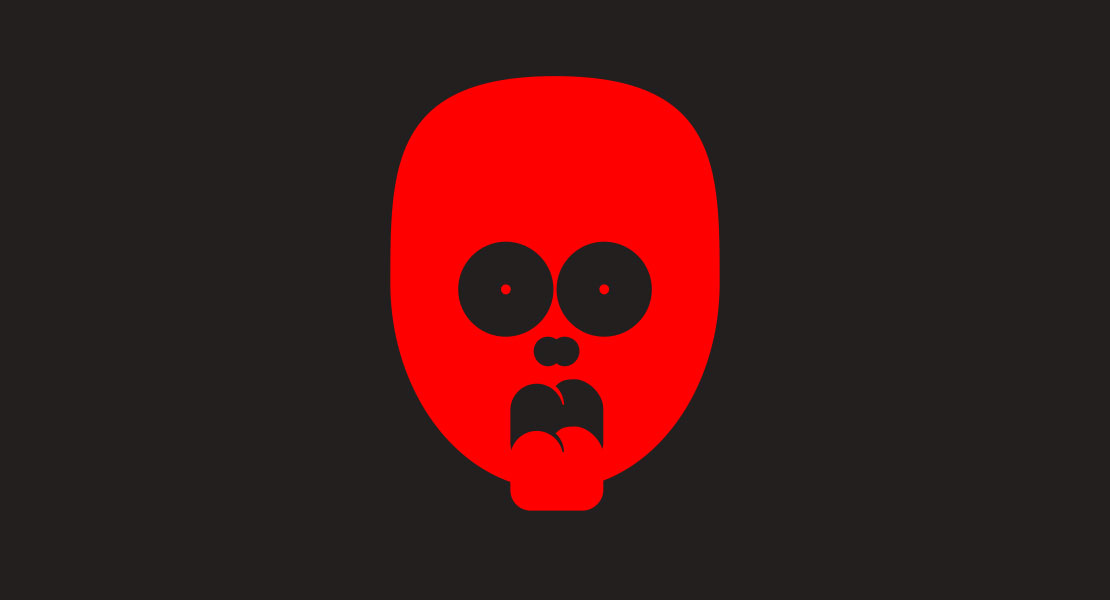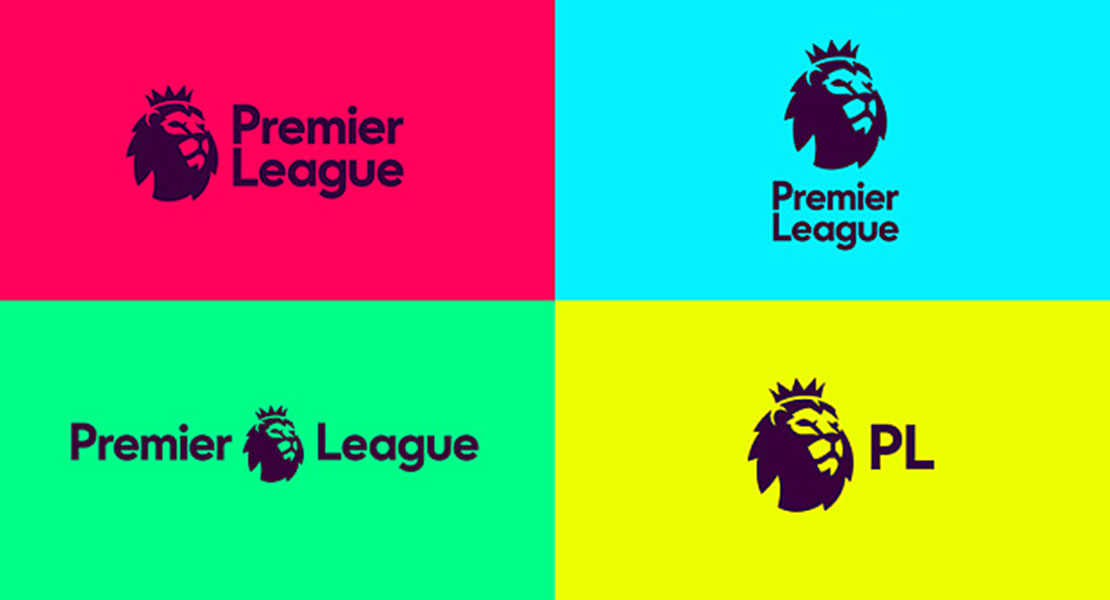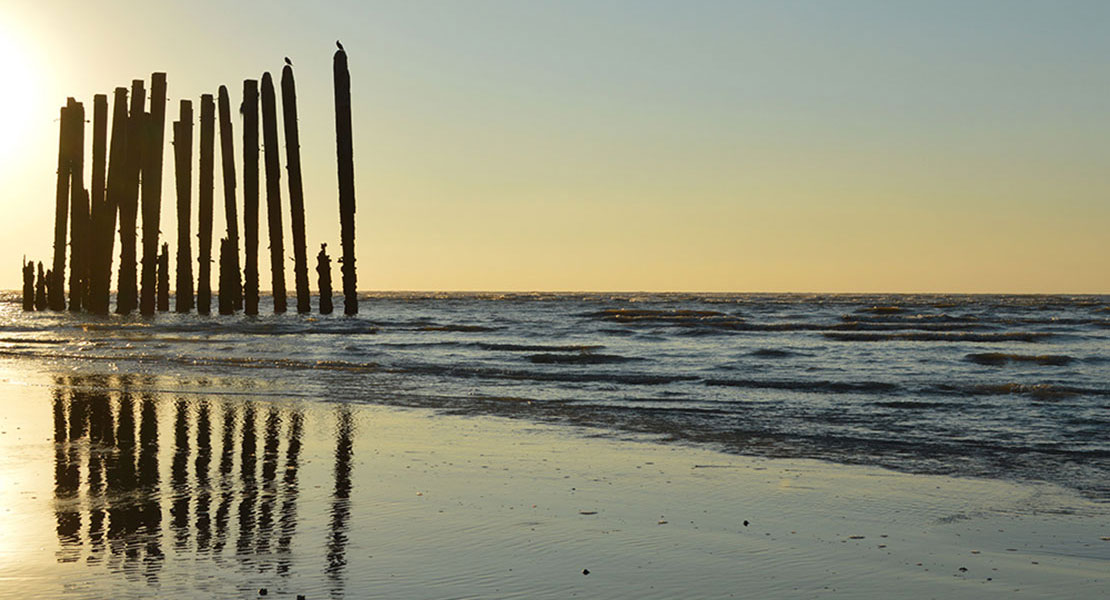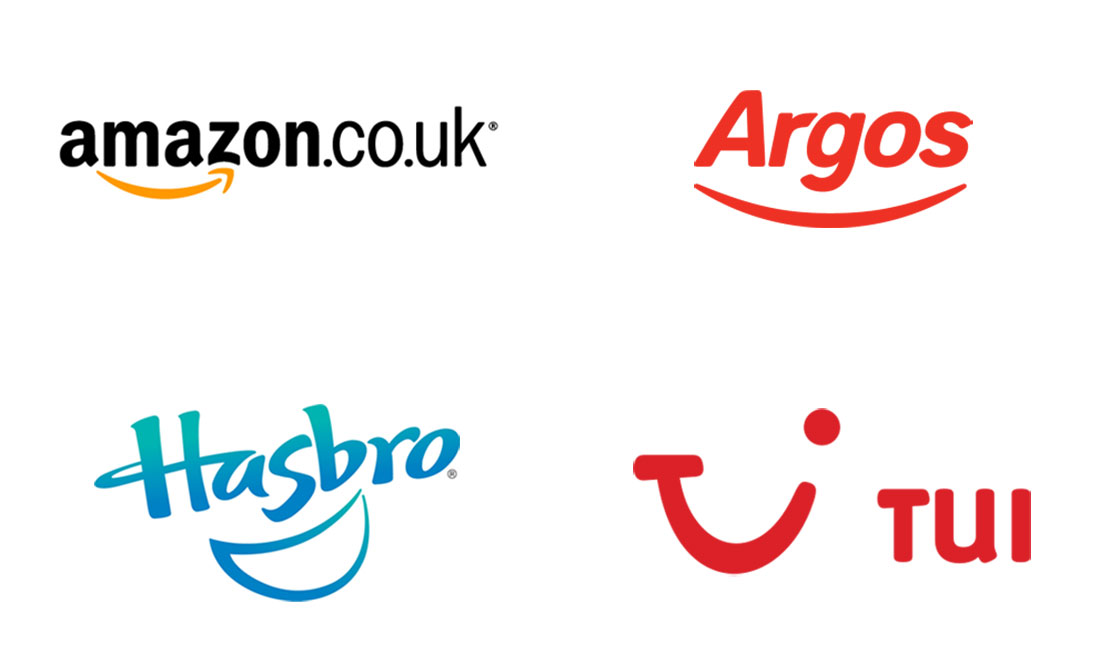Historically, red and black is a killer combination when it comes to horror film logos and related promotional material. This striking union has been used consistently to create some of the best film branding of our time.
The early 80s saw a run of horror films and start of successful franchises following the success of John Carpenter’s 1978 American slasher film Halloween, starring Jamie Lee Curtis in her film debut.
When creating a brand’s visual identity we ensure consistency and are mindful of its application across various channels and media early on in the development phase. Interestingly, back then, there were several different logotypes used across different promotional material for the same film, in each case the poster visuals and design would also change. Somewhat disjointed to use varying graphic solutions for the same product. Although, was that approach intentionally disjointed to indicate disruption and chaos?
What was commonplace was the applied colour palette of predominantly red and black. From The Fog and The Shining (both 1980), The Blair Witch Project (1999) to the modern day Stranger Things (2016) from Netflix. The logos all used the classic red and black combination to portray the horror of their content.

The colour psychology – RED – a hot colour, associated with war, fire, violence but also love, power, and passion. Indicates danger, hence it’s used in warning signs and labels. Used predominantly in its stronger, bolder, darker tones in the horror genre, red can also have a physical effect on individuals, raising the pulse, heart rate, and blood pressure. BLACK – strong, bold and neutral, it’s negative connotations associated with mystery, evil and death being the traditional colour of mourning in the western world. Providing the backdrop to most of these classic horror film logos.
The red and black colour combination coupled with original, distorted typography proved a successful combination in the design of the most well-known film branding. Jagged, fractured, off-centered and blurred edge typography – all disruptive techniques to create an edgy, uneasy feeling. Successfully combining text, colour and graphic elements to subconsciously establish an element of fear for what you were about to witness… boo!







